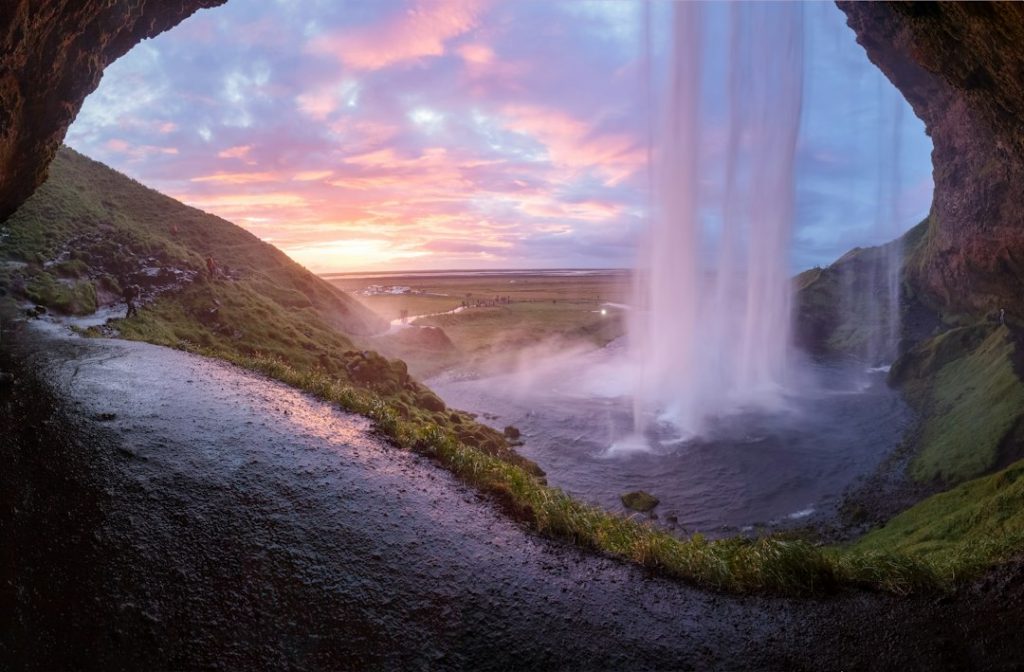
Population Density of Iceland
Iceland is a Nordic island country located in the North Atlantic Ocean. With a land area of 103,000 square kilometres, it is the most sparsely populated country in Europe, with a population density of only 3.5 people per square kilometre. The majority of Iceland’s population is concentrated in the capital city of Reykjavik and its surrounding areas, leaving vast expanses of uninhabited land. This low population density has both positive and negative implications for the country, impacting its infrastructure, services, and overall development.
Summary
- Iceland has one of the lowest population densities in the world, with only 3 people per square kilometre.
- Factors contributing to Iceland’s low population density include harsh climate, limited arable land, and geographical isolation.
- The low population density in Iceland poses challenges for infrastructure and service provision, particularly in remote areas.
- Despite challenges, low population density in Iceland also presents opportunities for sustainable development and preservation of natural resources.
- Iceland’s population density is significantly lower than other European countries, such as the United Kingdom and Germany.
Factors Contributing to Iceland’s Low Population Density
Several factors contribute to Iceland’s low population density. The country’s harsh and unforgiving climate, with long, cold winters and short, cool summers, makes it difficult for people to settle in many parts of the country. Additionally, the rugged and mountainous terrain of Iceland presents challenges for infrastructure development and agricultural activities, limiting the potential for human habitation in certain areas. Furthermore, the historical isolation of Iceland from the rest of Europe has also played a role in shaping its population density, as the country has not experienced the same levels of immigration as other European nations.
On the other hand, Iceland’s low population density can also be attributed to its relatively small economy and limited employment opportunities outside of Reykjavik. Many young Icelanders are drawn to urban areas in search of better job prospects and higher living standards, leaving rural areas sparsely populated. Additionally, the country’s strict immigration policies and high cost of living may deter potential migrants from settling in Iceland, further contributing to its low population density.
Impact of Low Population Density on Infrastructure and Services
The low population density in Iceland has significant implications for its infrastructure and services. In rural areas, access to basic amenities such as healthcare, education, and public transportation can be limited, making it challenging for residents to access essential services. Furthermore, the sparse population makes it economically unfeasible to develop extensive infrastructure networks, such as roads and utilities, in remote areas, leading to disparities in access to resources between urban and rural areas.
The low population density also presents challenges for the provision of emergency services and disaster response in Iceland. In remote regions, emergency response times may be longer due to the distance between populated areas, potentially putting lives at risk in the event of natural disasters or accidents. Additionally, the limited number of residents in rural areas may result in a lack of community support and resources for those in need, further exacerbating the impact of emergencies on isolated populations.
Challenges and Opportunities of Low Population Density in Iceland
The low population density in Iceland presents both challenges and opportunities for the country. On one hand, the sparse population makes it difficult to sustain certain industries and services in remote areas, leading to economic disparities between urban and rural regions. Additionally, the limited workforce in rural areas may hinder the development of local businesses and infrastructure, further perpetuating the cycle of depopulation in these regions.
However, the low population density also presents opportunities for sustainable development and environmental conservation in Iceland. The country’s vast uninhabited landscapes provide opportunities for ecotourism and outdoor recreation, attracting visitors from around the world to experience its natural beauty. Furthermore, the low population density allows for the preservation of pristine wilderness areas and unique ecosystems, contributing to Iceland’s reputation as a global leader in environmental conservation.
Comparison of Iceland’s Population Density with Other Countries
When compared to other countries around the world, Iceland’s population density is exceptionally low. For example, the United Kingdom has a population density of 275 people per square kilometre, while Japan has a population density of 336 people per square kilometre. These stark differences highlight the unique demographic landscape of Iceland and its challenges in sustaining a sparsely populated nation.
In contrast, countries with similarly low population densities include Australia (3 people per square kilometre) and Canada (4 people per square kilometre). However, these countries differ from Iceland in terms of their vast landmasses and diverse climates, which present different challenges and opportunities for sustaining low population densities.
Efforts to Address and Increase Iceland’s Population Density
In recent years, the Icelandic government has implemented various initiatives to address and increase the country’s population density. One such initiative is the promotion of rural development and investment in infrastructure projects in remote areas. By improving access to essential services and amenities in rural regions, the government aims to attract more residents to these areas and create sustainable communities outside of Reykjavik.
Additionally, the government has introduced incentives for businesses to establish operations in rural areas, such as tax breaks and financial support for startups. These efforts aim to create job opportunities outside of urban centers and encourage economic growth in sparsely populated regions. Furthermore, the government has also relaxed immigration policies to attract skilled workers and professionals to fill labor shortages in key industries, such as healthcare and technology.
Future Outlook for Iceland’s Population Density
Looking ahead, the future outlook for Iceland’s population density is uncertain. While efforts are being made to address the challenges of low population density, such as rural depopulation and economic disparities between urban and rural areas, there are still significant obstacles to overcome. The impact of climate change on Iceland’s environment and economy may further complicate efforts to sustainably increase the country’s population density.
However, with continued investment in rural development, infrastructure projects, and economic diversification, there is potential for positive change in Iceland’s demographic landscape. By creating more opportunities for residents to live and work outside of Reykjavik, the country can strive towards a more balanced distribution of its population and resources. Additionally, by leveraging its unique natural landscapes and environmental assets, Iceland can continue to attract visitors and new residents who appreciate its pristine wilderness and sustainable way of life.
In conclusion, Iceland’s low population density presents both challenges and opportunities for the country. While it may pose difficulties for infrastructure development and service provision in remote areas, it also allows for sustainable development and environmental conservation. By addressing these challenges through targeted initiatives and policies, Iceland can work towards a more balanced distribution of its population and create a brighter future for all its residents.
FAQs
What is the population density of Iceland?
The population density of Iceland is approximately 3 people per square kilometre.
How does Iceland’s population density compare to other countries?
Iceland has one of the lowest population densities in the world, due to its small population and large land area.
What factors contribute to Iceland’s low population density?
Iceland’s harsh climate, rugged terrain, and limited arable land are major factors contributing to its low population density.
Where is the highest population density in Iceland?
The highest population density in Iceland is found in the capital city of Reykjavik and its surrounding areas.
How does Iceland’s population density impact its infrastructure and services?
Iceland’s low population density means that infrastructure and services are often more spread out, making it challenging to provide efficient and cost-effective services to all areas of the country.


